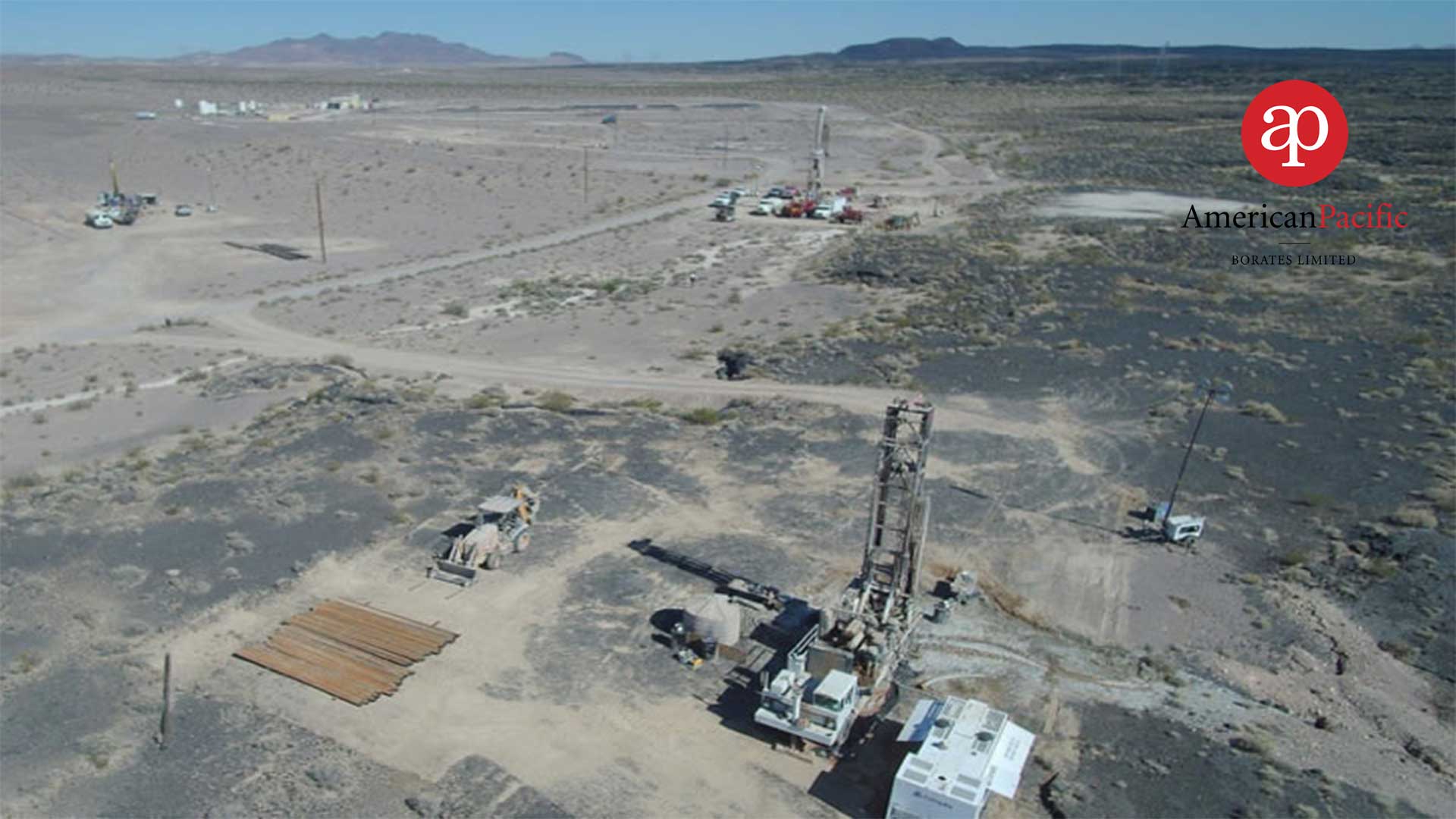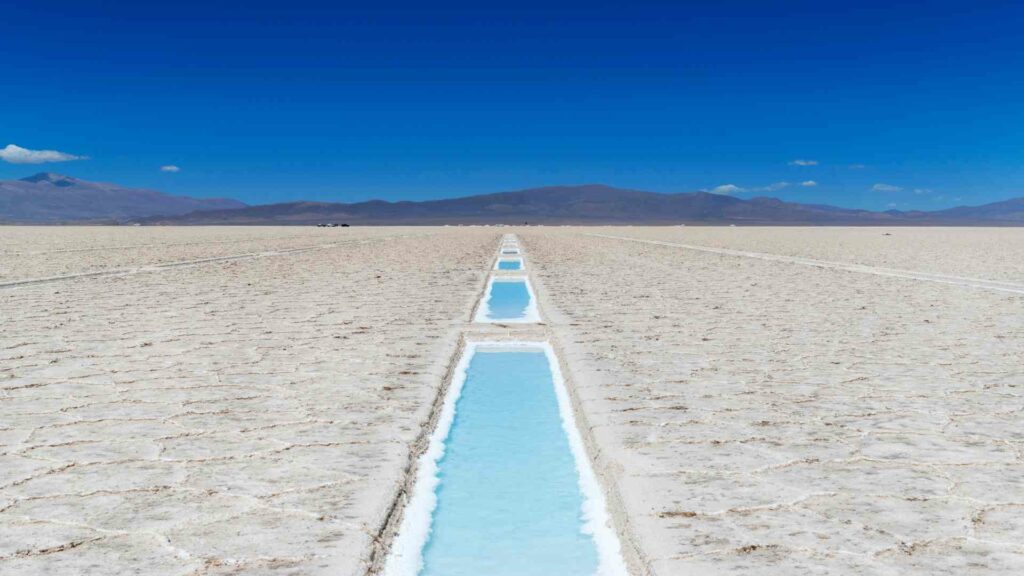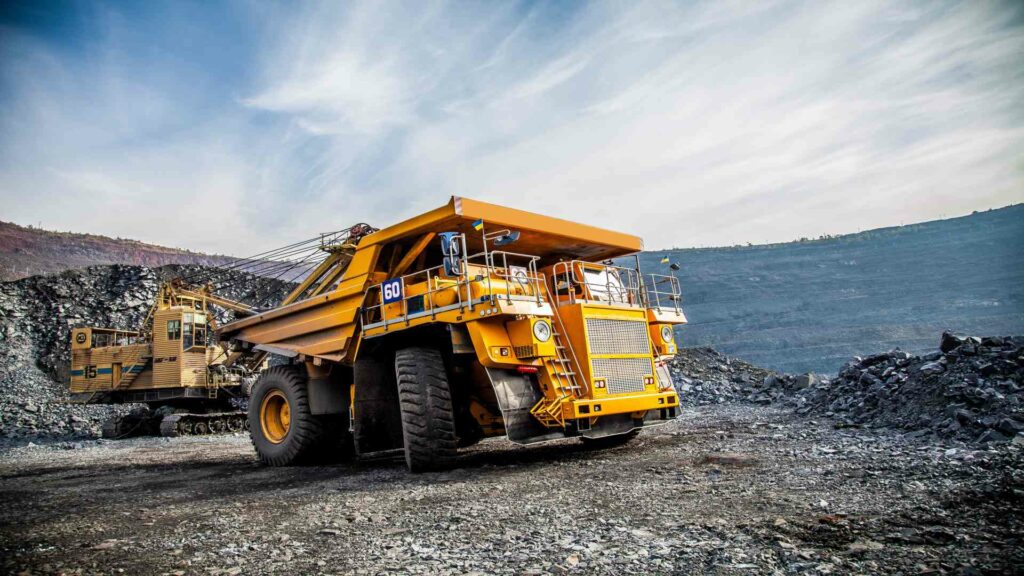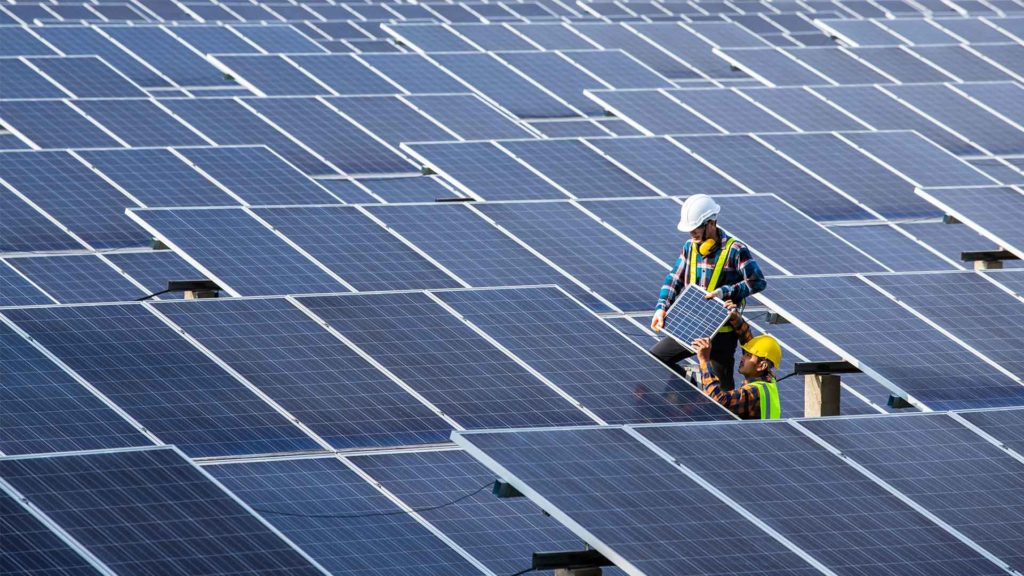Exciting ABR US listing imminent
American Pacific Borates Limited (ABR) Is a publicly-traded company listed on the Australian Securities Exchange under the symbol ABR. Through its wholly-owned U.S. subsidiary, Fort Cady (California) Corporation (FCCC), the company is developing the Fort Cady Borate Project. It is now expanding its project via an ABR US listing. This SEC Resources Estimate Listing highlights improvement to the resources and potential for a larger footprint in the US Boron landscape.

ABR’s US Boron Project
The Project, located in the Mojave Desert region in eastern San Bernardino County, California, is in a highly prospective area for borate and lithium mineralization and has a similar geological setting as Rio Tinto Borates’ Boron operations and Nirma Limited’s Searles Lake (Trona) operations. Fort Cady contains the largest known global deposit of colemanite not owned by the Turkish Government controlled entity, Eti Maden, the world’s largest supplier of borates to global markets.
Origins of ABR’s Boron Reserves
Boron in the region is believed to have been sourced from thermal waters that flowed from hot springs in the region during times of active volcanism. These hot springs vented into the Hector Basin that contained a large desert lake. Borates were precipitated as the thermal waters entered the lake and cooled, or as the lake waters evaporated and became saturated with boron. Colemanite, the least soluble mineral, evaporated on the receding margins of the lake.
Colemanite is a hydrated calcium borate mineral formed from borax and ulexite (2CaO • 3B2O3 • 5H2O) found in the evaporite. In addition to colemanite (and celestite), elevated levels of Lithium have been found through chemical analyses of drill samples. Through in-situ leaching (ISL), The Fort Cady facility will recover borates (boron-oxygen compounds), boric acid (H3BO3), lithium (Li), and other potential commodities.
The Fort Cady Facility
The Fort Cady Borate deposit was first discovered in 1964. From 1977 through the early 2000s, the deposit has undergone exploration, pilot ISL testing, feasibility studies, and limited production. ABR purchased a 100% interest in the Project in May 2017 from Atlas Precious Metals Inc. Since that time, the Project has undergone additional exploration, permitting, and development activities.
Following exploratory drilling, a mineral resource estimate was prepared for the Project in late 2017, and updated in December 2018 where a feasibility study outlined a three-phase project to produce 450 kstpa boric acid (BA) and 20 kstpa sulphate of potash (SOP). This estimate has been further increased in 2021.
Validating the Fort Cady Reserves
Resource estimates are based on 51 drill holes and a cumulative sampled length of 24,823.6 m., representing the Project’s exploration dataset on July 19, 2021. The drilling database contains 5,775 analytical values for B2O3 and 5,193 analytical values for Li. Detailed examination of the analytical results reveals distinct mineralized horizons. The deposit was delineated based on these patterns of mineralization into four mineralized horizons, two non- to weakly mineralized interbeds, and two non-mineralized horizons bounding the deposit. Grids represent the bounding elevation surfaces of key horizons, thicknesses, and analytical grades.
ABR site research and Investment to date
ABR has submitted 415 control samples, in the form of certified standards, blanks, and coarse duplicates. SRC, the consulting validation partner, also submitted 233 of their own internal control samples in the form of standards and pulp duplicates. The Quality Assurance and Quality Control program has shown the analyses are viable with a minimum of dispersion or contamination errors.
Over US$80 million has been spent on the Fort Cady Project, including license acquisition, drilling and mineral resource estimation, well testing, metallurgical testing, feasibility studies, and pilot plant testing test work. In addition, the project has previously obtained all operating and environmental permits required for commercial solution mining operations to produce 90,000 short tons per annum of boric acid.
Mining Strategy
Solution mining
ABR intends to use solution mining by injecting an acid solution via a series of wells into the mineralized horizons. The acid solution reacts with the colemanite forming a pregnant leach solution (PLS) containing boric acid (H3BO3). There are various ways of developing the well field for in situ leaching, including “push-pull” where wells function as both as injection and recovery well; line drive; and multiple spot patterns.
In addition to the vertical wells, horizontal drilling for well development is also being evaluated as a potential option for the Project. The mine wellfield development and the pattern will ultimately depend on the hydrogeologic model and the cost-benefit analysis of various patterns and options.
Leaching of colemanite
The leaching of the colemanite will occur via the injection of a heated HCl injection fluid into the deposit through the wells. The injection fluid will remain in the formation and be extracted after sufficient contact time with the colemanite. The concentration of HCl in the injection solution is one of the key control variables for the mining process to optimize the reaction with the colemanite, while not being excessive to minimize the reaction with minor impurities such as aluminium, magnesium, iron, anhydrides, and calcite.
Boric Acid extraction
PLS from the wells will be recovered and piped to the boric acid processing facility. The PLS will contain primarily boric acid and calcium chloride along with minor quantities of other chlorides such as strontium, lithium, potassium, sodium, aluminium, and magnesium. Evaporative crystallization will be used to extract the boric acid from the PLS. The crystals are dewatered and then dried to make the final boric acid product.





